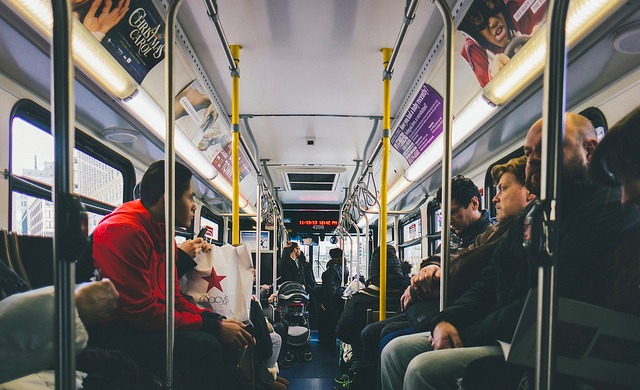Google Maps Now Has Real-Time CTA Transit Updates
By Jim Bochnowski in News on Jun 3, 2015 8:45PM
Good news for those of you who want to keep all your transportation routes in one app on your phone: Google announced it will be integrating real-time public transportation information into Google Maps in six American cities, including Chicago.
The company announced Tuesday that it would be introducing a feature that will allow you to "see live arrivals for buses, metros and subway systems, and even alert you to cancelled routes, so you can better navigate the intricate and unpredictable world of transit in major cities around the world."
The Chicago Tribune reached out to a Metra spokesperson who confirmed that they had given Google access to their real-time data back in March. Previously, the company only had access to Metra's timetable. Metra also confirmed that this information was the same data they used for their real-time trip planning app.
Of course, if you've used the CTA's bus tracking service before, you're familiar with the experience of waiting out in the freezing rain for an uncomfortably long period of time, waiting for a bus the CTA app promises is on its way. Of course, if the CTA and Google Maps are sharing the same information for their apps, that problem may not be alleviated.
To test out the new service, I set out to compare Google's service with the CTA's bus tracker and Buster, a CTA tracking app that also uses the CTA's data. To test, I attempted to chart out a bus trip from Lincoln Park to Wicker Park (Editor's Note: essentially from douche vortex to shining douche vortex).
Google Maps worked exactly as advertised; it told me what buses to take and helpfully informed me that a bus heading south on Halsted Street was, in fact, running two minutes late. The CTA's app and Buster, however, just informed me that I should expect a bus in about three minutes. Perhaps more importantly, Google Maps integrates directions and bus times into one centralized location, while the CTA has a separate bus tracker and route planning service. (Editor's Note: but what about the phantom buses that magically appear without any mention on the tracker? Can we chart these magical CTA unicorns?)
But these services will only be as good as the CTA's data, so hopefully this change spurs the CTA to invest in additional resources in providing better information to consumers.
